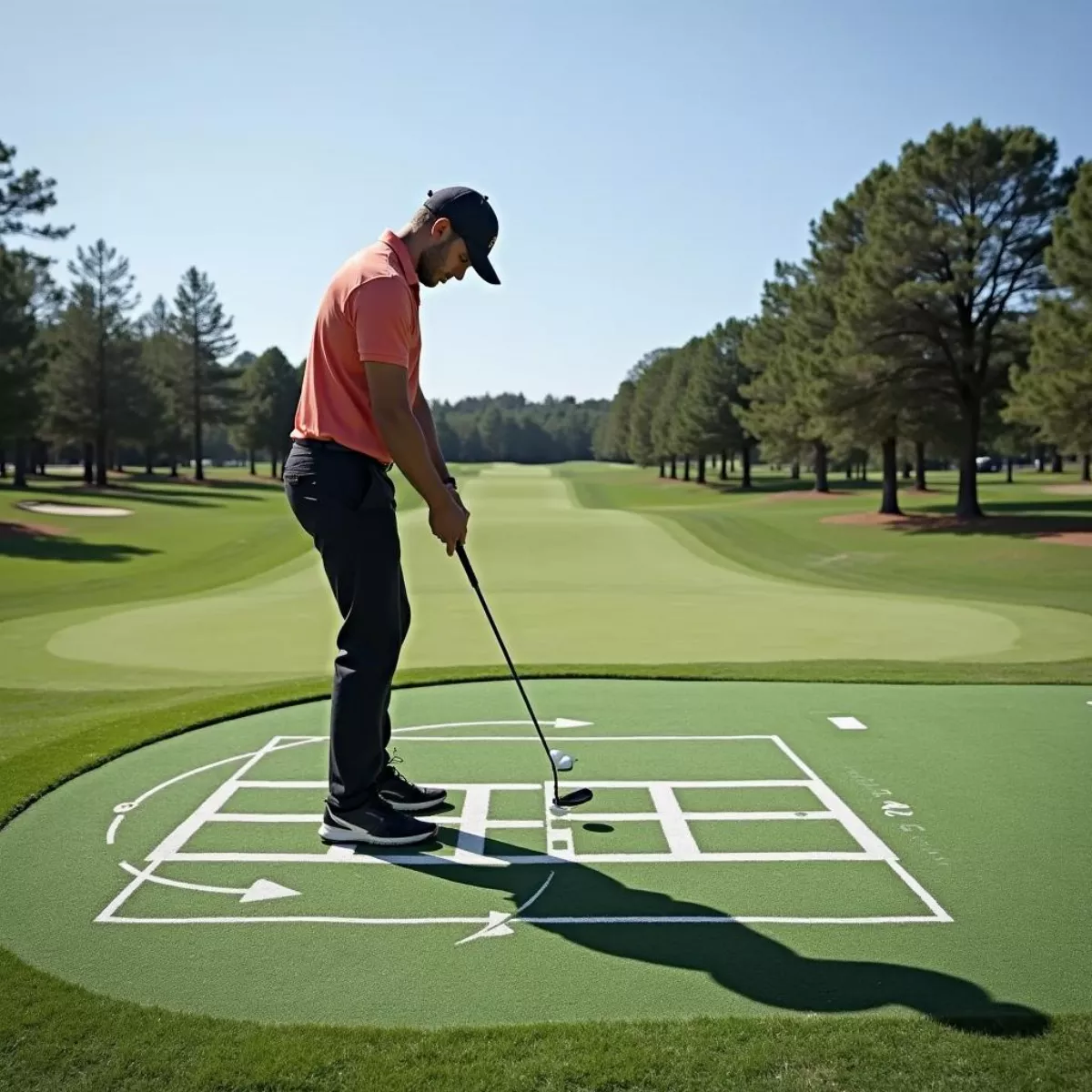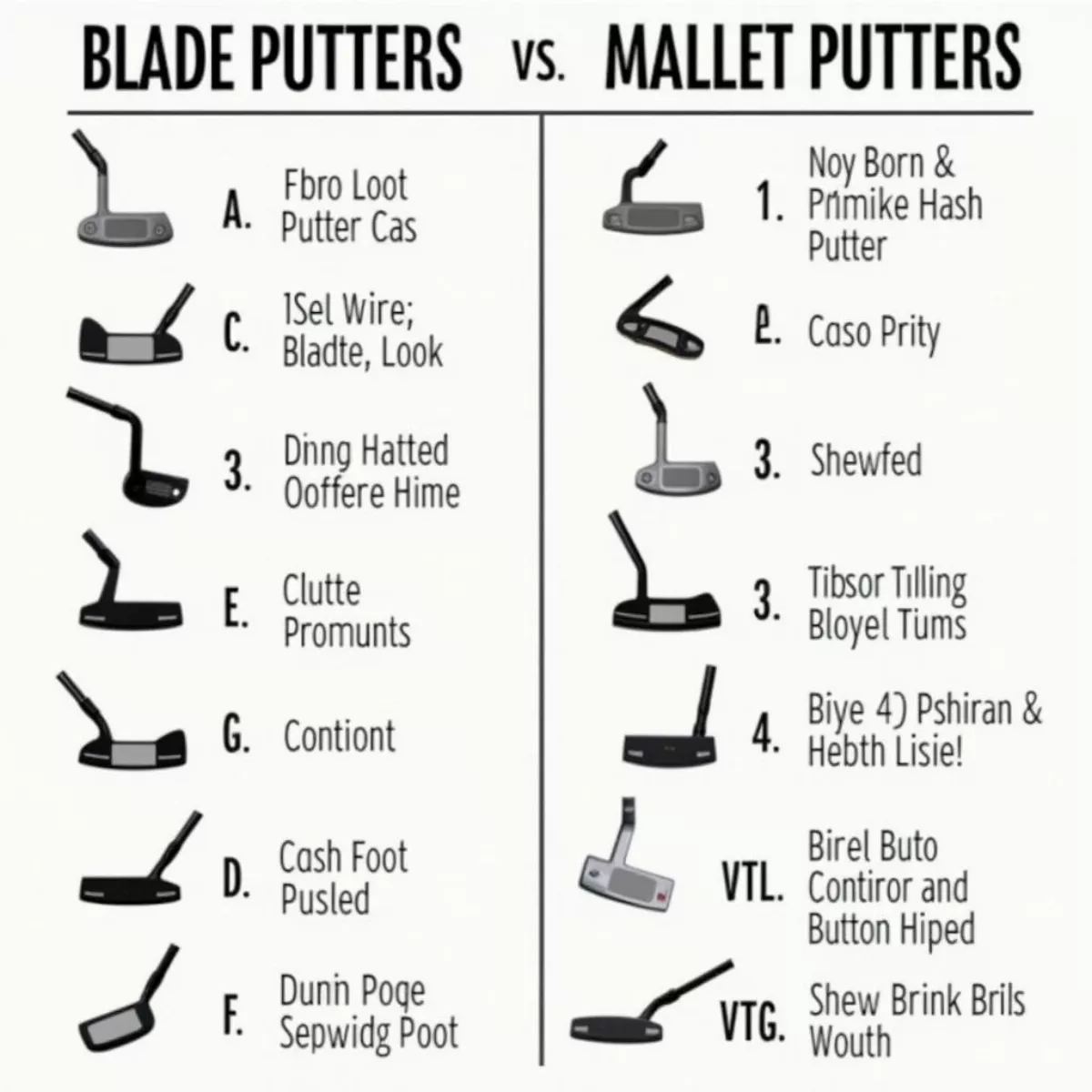Golf is a game rich with strategy, precision, and mental fortitude. One phrase often echoes among players, both amateur and professional: “Drive for show, putt for dough.” This adage encapsulates an essential truth in golf: while a strong drive can impress onlookers, it’s the finesse and skill around the greens that truly determine a player’s success. In this article, we will dive deep into understanding this saying, how to enhance your putting game, and why it’s vital to ranking in golf.
The Importance of the Drive
Driving is often the first impressive spectacle of golf. A long, straight drive can set the tone for success on a hole. This makes it understandable why so many players focus on developing this skill early in their golfing journey.
- Key Factors for an Effective Drive:
- Grip: A proper grip helps in controlling the ball’s direction.
- Stance: A balanced stance creates stability during the swing.
- Swing Path: A consistent swing path affects ball flight and distance.
 Golfer Driving The Ball
Golfer Driving The Ball
However, the drive is merely a tool, not the entire toolbox. Consider a round of golf: the drive gets you to the fairway, but the second shot gets you closer to the hole. If you’re hoping to lower your score, focusing just on the long game may lead to disappointment.
The Real Game-Changer: Putting
Putting is where the magic happens. It’s where players often make or break their game. While many players dream of bomb drives, the truth is that most strokes are taken on the greens. In fact, the average golfer spends approximately 40% to 50% of their round putting.
Understanding Putting
To fully comprehend the importance of putting, it can be helpful to break down its components:
- Green Reading: Understanding the layout and slopes of the green.
- Alignment: Ensuring your body and putter are aligned correctly toward the hole.
- Stroke Mechanics: Developing a consistent and repeatable stroke.
 Golfer Lining Up A Putt
Golfer Lining Up A Putt
Why Putt for Dough?
The phrase “putt for dough” emphasizes that while you may impress with long drives, it’s the putting that leads to scoring.
- Critical Stats: Research shows that the lower your putts per round, the lower your scores. Many professionals have outright stated that when they focus on their putting, they perform immeasurably better.
- Scoring Potential: In tournaments, it’s not uncommon for a player who excels in putting to overtake someone who drives well but misses numerous short putts. As the old saying in golf goes, “Drive for show; putt for dough.”
Putting Strategies to Improve Your Game
Here are some actionable strategies to enhance your putting and take your golf game to the next tier.
1. Develop a Consistent Routine
Creating a consistent pre-putt routine can help in building confidence.
- Visualize Your Line: Stand behind the ball and visualize how you want the ball to roll towards the hole.
- Alignment: Ensure your feet, hips, and shoulders are aligned to your target line.
 Golfer Practicing Putting Drills
Golfer Practicing Putting Drills
2. Practice Distance Control
Good putting isn’t just about sinking the ball in the hole; it’s also about controlling how far it goes.
- Drills to Try:
- Ladder Drill: Place tees at various distances (1, 2, 3, etc. feet) and try to putt to each, noticing how much speed you need.
- Circle Drill: Place balls in a circle around the hole and practice making putts from various angles.
3. Read the Greens Like a Pro
Understanding how to read the greens is crucial to successful putting.
- Look for Breaks: This is where the green slopes, and the ball will naturally move in that direction.
- Watch Other Players: Observe how the ball reacts on the green when others putt ahead of you.
4. Invest in Quality Equipment
Using a quality putter can significantly impact your game.
- Putter Types:
- Blade Putters: Offers more feel and control.
- Mallet Putters: Provides more stability for off-center hits.
 Golf Putters Collection
Golf Putters Collection
5. Mental Game
The mind plays a pivotal role in putting. It’s as much a mental game as it is physical.
- Stay Calm and Focused: Take a deep breath and clear your mind before each putt.
- Positive Visualization: Imagine the ball rolling smoothly into the hole.
Key Takeaways
- Balance Your Skills: While driving impressively is vital, focus primarily on improving your putting.
- Consistent Practice: Allocate time for putt practice to elevate your game and score.
- Understand Your Greens: Developing a keen sense of reading the greens will lead to more successful putts.
- Mental Fortitude: Work on mental strategies to maintain focus and calm during your rounds.
- Quality Equipment: Choose the right putter that suits your style of play.
FAQ Section
1. Is driving more important than putting in golf?
While driving can create excitement, putting is statistically more critical for lowering scores.
2. How can I practice putting at home?
Use a carpet or a smooth floor to create a mini-golf practice area. Roll balls toward a target.
3. What putter is best for beginners?
Beginner-friendly mallet putters often provide more forgiveness on off-center hits.
4. How often should I practice my putting?
Aim to practice your putting at least 2-3 times a week to see improvement.
5. How can I overcome nerves while putting?
Develop a consistent pre-putt routine to calm your nerves, ensuring you focus on your target.
6. What’s more important, speed or accuracy in putting?
Both are important. Strive for a balance between making the putt and controlling the speed.
7. Should I watch the ball or the hole when putting?
Most pros suggest focusing on the hole or the target line, especially for short putts.
8. How do I know if my grip is correct?
Your grip should feel comfortable, with your palms facing each other and your hands working together.
9. Can I improve my putting with visual aids?
Yes, using alignment aids or even contrast colors can help in enhancing your aiming and focus.
10. What is the average number of putts per round for amateurs?
Most amateur golfers average between 30 to 40 putts per round.
In summary, the phrase “drive for show, putt for dough” serves as a reminder of the true heart of the game: putting. By focusing on putting and practicing effectively, you can turn your golf game around and start seeing tangible improvements in your results. Remember, excellence in golf is more about consistency and finesse than mere distance. So grab your putter, hit the greens, and practice your way to better scores!

